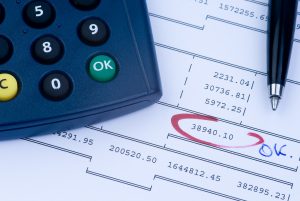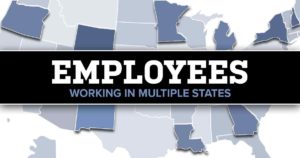 Tell me if this sounds familiar: You reach the end of the month, you’ve paid all your subcontractors, the projects are finally wrapped up, and you check your business bank account to find … nothing. The bills are all paid, but you have no profit left to show for it.
Tell me if this sounds familiar: You reach the end of the month, you’ve paid all your subcontractors, the projects are finally wrapped up, and you check your business bank account to find … nothing. The bills are all paid, but you have no profit left to show for it.
As the owner of a construction company, it is important that you understand your financial statements so you know whether you are generating a profit or taking a loss, find places to make improvements, and gain a complete understanding of the financial health of your company.
Being able to read your financial statements easily and without having to Google what every other column means will enable you to do just that.
There are 3 main financial statements:
-
Profit & Loss(P&L) Statement
-
The Balance Sheet
-
Cash Flow Statements
In this article, we take a deeper dive into the P&L Statement.
The P&L Statement, sometimes know as your Income Statement, is divided into four parts.
-
Income: Everyone’s favorite column! The amount of money you have coming in. Can also be referred to as Revenue or Price.
-
Cost of Goods Sold (COGS): This column includes the cost of labor, materials, subcontractors, and equipment used in your business. It also includes items that you buy, mark up, and sell to end-customers.
-
Expenses: The general expenses your business incurs that are not related to a specific job, such as the rent on your office or shop, cell phone bills, and so forth.
-
Net Profit: Your Income minus the sum of your COGS and Expenses.
The P&L Statement is a summary of the four parts above, giving you the net profit during a given period of time. The time period can be a month, a quarter or a year. You can think of your proposals presented to your customers as mini P&L Statements.
Construction is a cost-based business: Your price equals your cost times your markup factor. To make a profit, you must calculate your COGS and apply the appropriate markup factor so you can pay your expenses and have a net profit. If your individual proposals do not generate a profit, then your business will not show a profit. Your proposals will not show a profit if you do not calculate your COGS and apply the correct markup factor.
So what is the correct markup factor for your construction business?
Check out my next article to see how to calculate this vital function of a successful construction business. Should you have any questions on understanding your financial statements, please call Susan at 630.523.5762.




